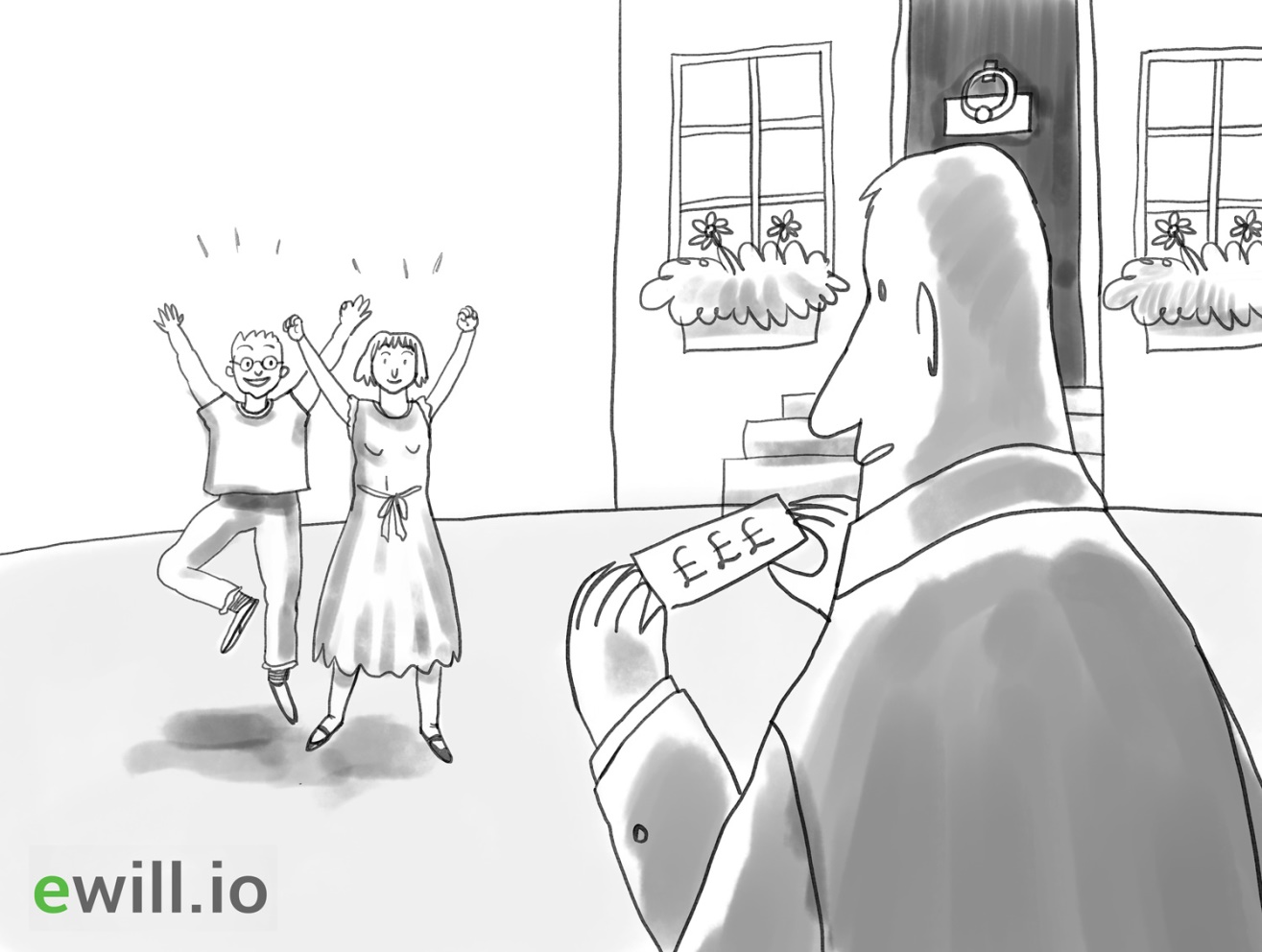A £140,000 gift from the Government! (… but only for those who qualify).
At first glance it looks too good to be true. New inheritance tax (IHT) rules allow qualifying individuals and couples an additional tax free allowance of up to £350,000. With IHT currently at 40% that is a potential £140,000 saving. So what’s the catch?
Since the Global Financial Crisis in 2007-08 the UK has seen the lowest interest rates in over 400 years. Low rates have been great news for mortgage holders and helped spur the housing market to new heights, up around 100% in London since 2009 according to the UK Land Registry. Not surprisingly this has also led to a large increase in IHT revenue for the Government (up 122%) and the number of people paying (up 104%).[i] Ouch.
The new Residential Nil Rate Band (RNRB) aims to provide IHT relief for homeowners. The new allowance started at £100,000 for individuals and £200,000 for couples for the 2017-18 tax year, rising by increments of £25,000 and £50,000 per tax year until 2020-21. The RNRB is transferable between spouses or civil partners, just like to the personal nil rate allowance of £350,000. Therefore, a married couple in 2020-21 who own a home which they leave to their children will have a combined IHT allowance of £1 million. Individuals will have a total allowance of £500,000. If you downsize from your family house to a smaller residence after your children leave or if you enter a retirement home, you will still retain the IHT credits linked to your designated “family home.” Sounds like great deal.
Here’s the catch. The RNRB only applies to a property used as a family home (not a rental property) that is directly inherited by the owner’s children, adopted children or grandchildren. It’s a narrow pool of potential recipients based largely on bloodline, which all sounds a bit medieval.
Under these rules there are some obvious losers. A range of family members do not qualify (brothers, sisters, nephews, nieces, et al.) Renters are left out in the cold along with unmarried people, and couples (including civil partners) without children. It may not be fair but it is the current law.
Another group who loses out are people with high-value homes. If the designated property is worth over £2 million (not too hard to do in many London neighbourhoods) the allowance is reduced at the rate of £1 for every £2 of value so that the allowance runs out for individuals at £2.35 million and for couples at £2.7 million.
Even if you own a house and have children other dangers lurk. Older wills need to be reviewed to see if they include a “discretionary trust.” Before the law regarding personal IHT allowances was changed in 2007, any unused portion of an allowance could not be transferred to a spouse. Solicitors figured out that you could protect the entire allowance if the main house was put into a discretionary trust. The RNRB renders these discretionary trusts irrelevant. Worse, if the discretionary trust is not removed from the will the family could lose out on the RNRB (and up to £140,000 in IHT savings) since the property would technically be owned by the trust (a legal entity) rather than deceased. People have children they can leave things to; trusts only have beneficiaries. That is why we strongly recommend you review your will every few years to make sure rules haven’t changed.
The application paperwork an executor needs to complete for the RNRB is long and very complicated. There may be a virtual “pot of gold” in the garden of your family home but the government will make you work for it. Now you know.
This article has been sponsored by the good people at eWill.io (The world’s most sophisticated digital will).
[i] Office of National Statistics Bulletin, April 2018.
*Note: We are not lawyers or a law firm and we do not provide legal, business or tax advice.

